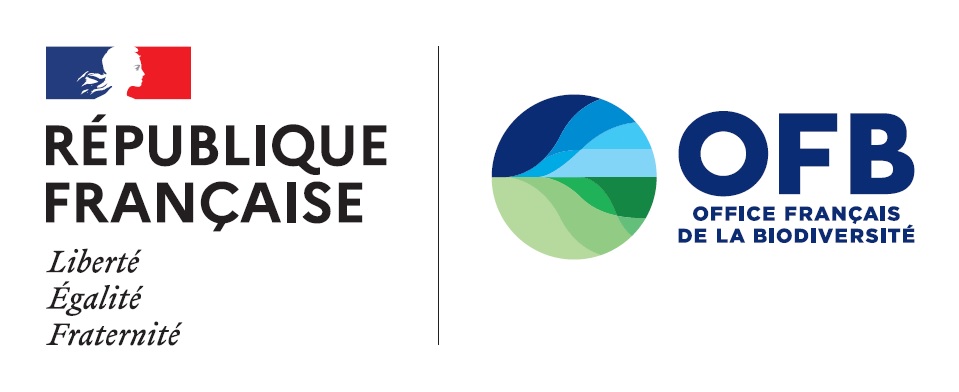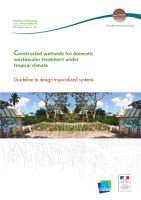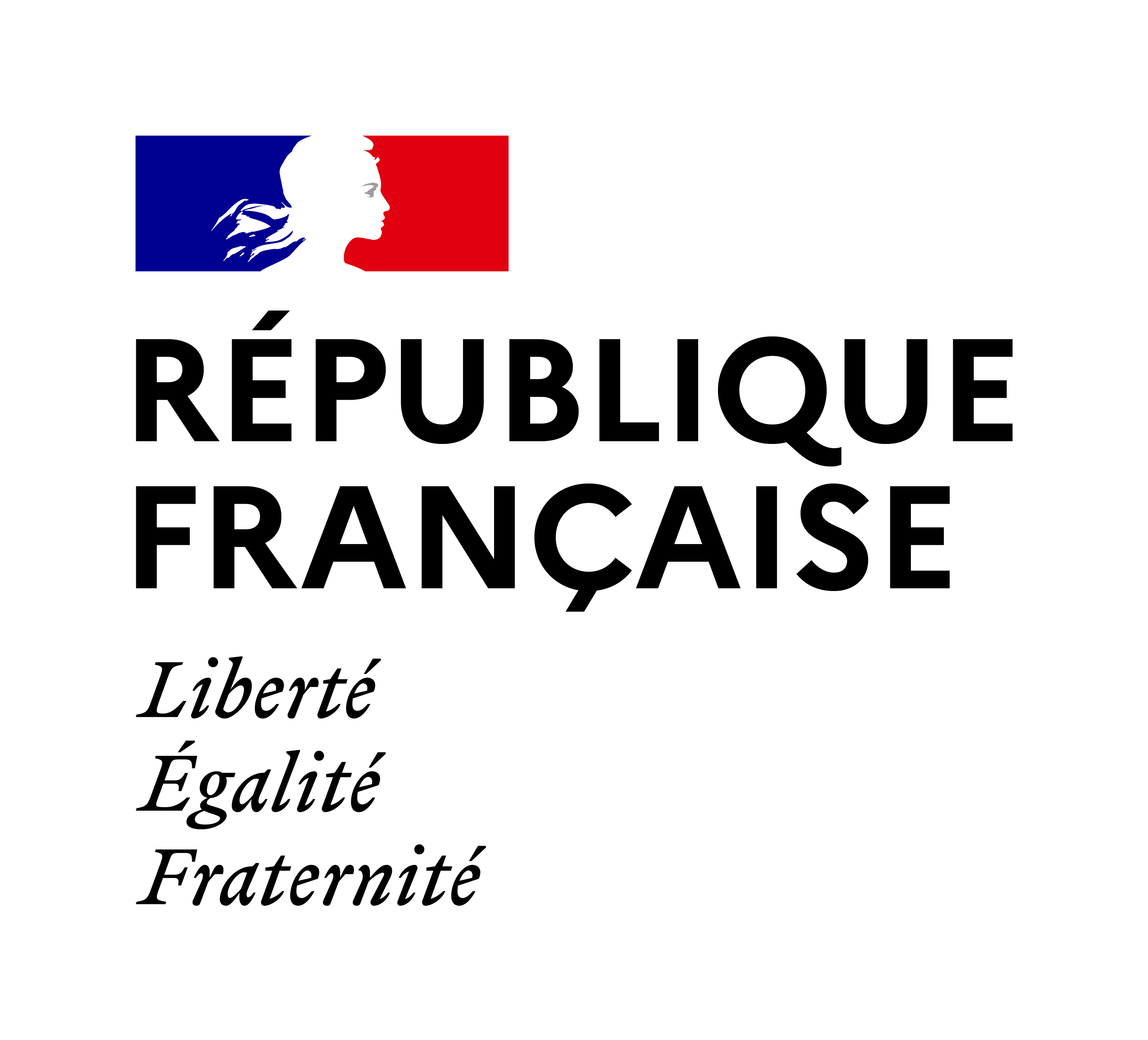Constructed wetlands for domestic wastewater treatment under tropical climate. Guideline to design tropicalized systems
The purpose of this guideline is to give a walk-through of constructed wetlands (CW) adapted to tropical-zone geographies. Design standards rules have been established and validated through performance monitoring on several full-scale treatment facilities specially equipped for scientific monitoring and located in four French overseas departments [‘DOM’]: French Guiana, Guadeloupe, Martinique and Mayotte.
This guideline does not therefore cover all the various CW configurations but only those technologies that emerge as particularly appropriate for domestic wastewater treatment in the French overseas departments and the tropics as a whole. As the “tropicalization” of filter beds is a relatively recent development (around for no more than ten years), the requirements and recommendations set out here are liable to change as and when the future brings new technical advances, feedback, and research on these CW technologies in tropical regions.
This guideline is designed as a toolkit to support stakeholders and designers in the completion of CW projects in tropical and equatorial climate zones. Aspects tied to operability are covered in a succinct section of this guide and in a separate set of technical sketch-ups.
Summary
- CW—How they work
- Design engineering: treatment-level objectives, loads applied, and strategy
- Design rules and materials
- CW—Which plants for tropical areas?
- CW—Implementation, operation, maintenance
Keywords: wastewater treatment, small communities, sewage sludge treatment, tropical zone, constructed wetlands
Les filtres plantés de végétaux pour le traitement des eaux usées domestiques en milieu tropical. Guide de dimensionnement de la filière tropicalisée
| Guides and protocols
| October 2017

À destination des maîtres d’ouvrages et maîtres d’œuvre, ce guide est un outil d’accompagnement pour la conception et la réalisation d’un projet de traitement des eaux usées domestiques par filtres plantés de végétaux (FPV), adapté au contexte tropical.





